8 Types Of Food That Can Help You Fight Anaemia!
By Dr. Malavika Athavale +2 more

Get,

to manage your symptom
Get your,


4 Cr+ families
benefitted

OTP sent to 9988776655


You’ve successfully subscribed to receive
doctor-approved tips on
Whatsapp

Get ready to feel your best.

Hi There,
Download the PharmEasy App now!!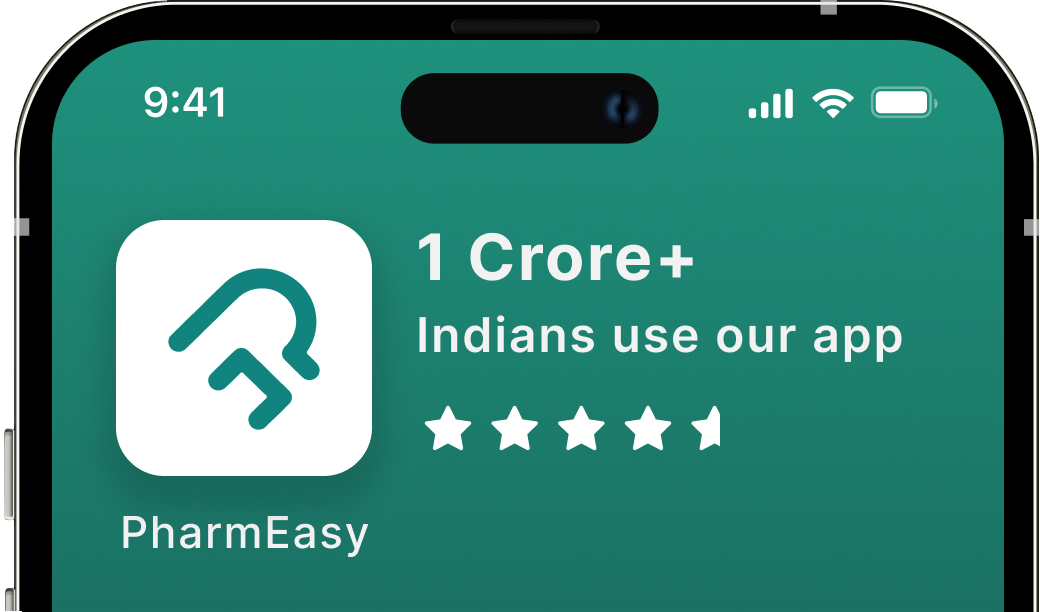


Register to Avail the Offer
Send OTPBy continuing, you agree with our Privacy Policy and Terms and Conditions

Hi There,
Sign up on PharmEasy now!!
Trusted by 4 crore+ families

OTP sent to 9988776655



You have unlocked 25% off on medicines




Code: NU25
By Dr. Malavika Athavale +2 more
Table of Contents
Anaemia occurs when the body does not have enough healthy red blood cells, which affects its ability to carry sufficient oxygen throughout the body. Anaemia can be either temporary or long-term, and its severity can vary from mild to severe.

Fatigue or tiredness is one of the most common symptoms of anaemia. If anaemia is caused due to a chronic disease, the symptoms can be subtle, making it harder to detect. Depending on the underlying cause, symptoms may vary, and if present, they can include1:
A diet plan with iron-rich foods can help support the management of anaemia, though it is important to note that it may not necessarily cure the condition.
Without adequate iron, the body cannot produce enough haemoglobin, which is essential for transporting oxygen from the heart to tissues throughout the body.
Most individuals with anaemia are advised to consume 120 milligrams of iron daily2. To support the body’s iron levels, incorporating the following iron-rich foods into your diet may be beneficial:
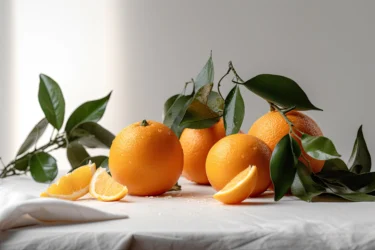
Dark leafy greens (like spinach) are a great source of non-haeme iron. Vitamin C from citrus fruits may help in the absorption of iron. Additionally, swiss chard and collard greens are good sources of both vitamin C and iron. Other fruits and vegetables include4:
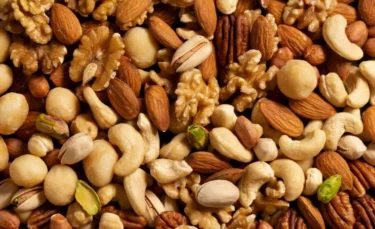
Nuts and seeds are some of the most nutrient-dense foods. One ounce (49 nuts) of pistachios can provide 6% of the required daily value of iron in a person. Other nuts and seeds include5:
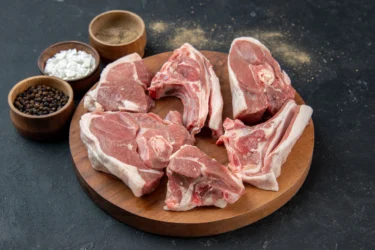
Meat and fish have haeme iron4. Lean cut white meat like chicken is a great source of haeme protein. Three ounces of grilled chicken with sides of broccoli, sauteed spinach, and tomatoes can make for a great iron-rich meal for people suffering from anaemia. Other meat and fish include5:
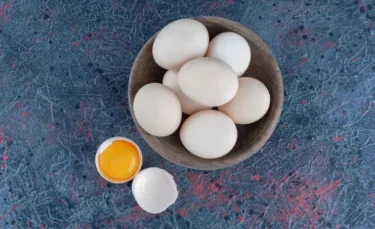
Eggs are a good source of proteins and also contain a high level of iron5. Pairing eggs with whole-grain toast, lightly roasted tomatoes, and quinoa can provide a nutritious and balanced start to the day.

Lentils are often considered a beneficial food for individuals with anaemia. Half a cup of lentils has about 3 milligrams of iron, which is around 17% of what the body needs throughout the day. Beans and pulses can be a great option for both vegetarians and meat-eaters, as they provide a good amount of iron. These include5:

Sugarcane are a rich source of iron. They are also packed with calcium, vitamin B6, selenium, and magnesium. Blackstrap molasses can be particularly beneficial for individuals with anaemia, as they provide the iron needed while also supporting overall health with these additional nutrients6.
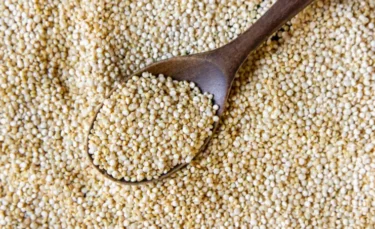
Iron-fortified cereals and grains are good options for increasing iron intake4. However, there are also alternatives that are rich in iron and may help support healthy haemoglobin levels in the blood. These include7:

There are various types of foods that are fortified with iron. These can be included in the diet, especially for individuals who follow a vegetarian lifestyle or have difficulty consuming other sources of iron. These options include8:
Wheat germ may be a valuable addition to the diet for those looking to increase their iron intake. Approximately 100 grams of wheat germ contains around 8.34 milligrams of iron. Including it in meals may help support healthy iron levels, particularly for individuals with low iron3.
Dr. Siddharth Gupta, B.A.M.S, M.D (Ayu)
Some types of food interfere with the body’s ability to absorb iron. As a result, consuming iron-rich foods alongside these items might reduce iron absorption. Such foods include4,9:
To enhance your body’s absorption of iron, it might be beneficial to consume foods high in vitamin C along with iron-rich foods. Vitamin C may be found in citrus fruits, tomatoes, berries, kiwi fruit, melons, green leafy vegetables, and capsicum. Combining these with iron-rich foods may help enhance iron uptake and contribute to meeting the body’s nutritional requirements4.
Dr. Rajeev Singh, BAMS
Improving iron intake through diet involves more than just eating iron-rich foods. Here are some practical steps that may help:
From a nutritional perspective, including a moderate amount of dark chocolate in your diet may help increase iron intake. Dark chocolate with a high cocoa content, such as 90%, can be a source of iron, with approximately 10.9 mg per 100 grams. Choosing varieties with higher cocoa content may help maximise its iron contribution while offering a rich flavour11.
Dr. Smita Barode, B.A.M.S, M.S.
Also Read: What Happens if Erythrocyte Sedimentation Rate (ESR) is High?
The iron from iron-rich foods is absorbed through the upper part of the small intestine. Dietary iron is categorised into two types: haeme iron and non-haeme iron. Haeme iron, found in animal sources such as red meat, fish, and poultry, is generally more easily absorbed by the body. Non-haeme iron is found mainly in plant-based sources. Foods like meat, seafood, and poultry contain small amounts of both types.
It is important to follow recommended iron intake levels, as excessive iron consumption can lead to iron toxicity. Always consult with your doctor before starting any supplements. You may also consider speaking with a dietitian for a personalised nutrition plan. While no single food can resolve anaemia, a balanced and iron-supportive diet may play a valuable role in managing it effectively4.
Also Read: 18 Best Foods to Ease Your Cough and Cold
While dietary choices may support iron intake, relying solely on food can be insufficient or even risky in more serious cases of anaemia. Certain symptoms and situations require prompt medical attention:
Additionally, it is important to be especially cautious if you have a family history of anaemia or any of the following risk factors10:
Also Read: 7 Effective Ways To Treat Anaemia At Home
Anaemia is a common condition that can be managed with proper attention to diet, lifestyle, and, when necessary, medical intervention. Incorporating iron-rich foods into your diet, along with vitamin C for better absorption, may help support healthy iron levels. However, if you experience symptoms such as breathlessness, fatigue, or unusual bleeding, it is important to seek medical advice promptly. Always consult your doctor before making any significant changes to your diet or starting supplements. A balanced approach, personalised to your specific needs, is key to managing anaemia effectively.
Disclaimer: The information provided here is for educational/awareness purposes only and is not intended to be a substitute for medical treatment by a healthcare professional and should not be relied upon to diagnose or treat any medical condition. The reader should consult a registered medical practitioner to determine the appropriateness of the information and before consuming any medication. PharmEasy does not provide any guarantee or warranty (express or implied) regarding the accuracy, adequacy, completeness, legality, reliability or usefulness of the information; and disclaims any liability arising thereof.
Comments

Leave your comment...
You may also like
Comments